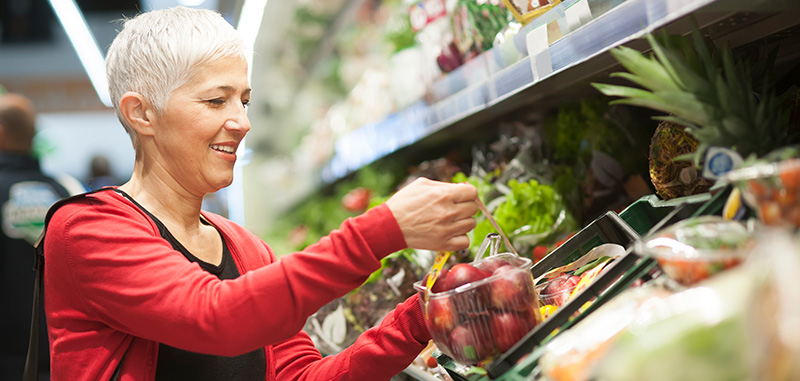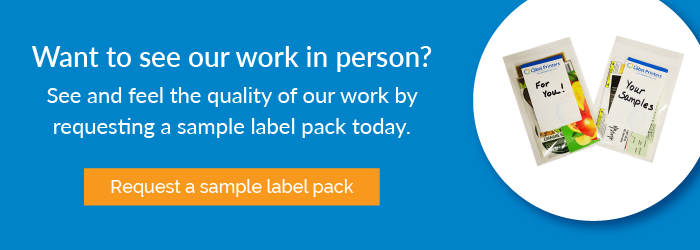
The globalization of agriculture has its advantages. For one, it allows us to eat strawberries year-round. It also helps farmers reach far-flung new markets. The downside, though, is most of us have no ideas where our meals originate.
Once upon a time, there was no mystery about where our food came from. Fresh food spoiled over long voyages, so most families relied on producers within a few hours from their homes. Today, with refrigeration, faster transportation, and advanced preservation methods, it’s as easy to buy a still-fresh apple that grew on another continent as one from the orchard down the road.
Consumer preferences are changing, however. Led by millennials, the largest generation of adult consumers, Americans are taking a renewed interest in their food sources. These consumers crave more information about the food they consume, not only for health reasons, but also to support producers that use environmentally sustainable practices and respect local communities.
Where do they get that information? From food labels.
Why Product Tracking Is Important on Food Labels
Modern consumers use apps and websites like FoodSafety.Gov to gain information about the food they purchase. Traceable product labels make detailed information about products accessible. Farmers and other agricultural producers can use specialized labels together with track-and-trace technology to help consumers learn about the origins of their food.
The Cornell College of Agriculture and Life Sciences recommends implementing a system that allows product tracking on any agricultural item back to a specific lot (specifically, a “distinct and limited portion of a crop”).
This level of traceability not only benefits consumers, it also helps producers:
- Reduce losses in the event of a recall or outbreak of a food-borne illness.
- Answer questions from consumers and settle disputes about products.
- Document sales at farmers markets or on-farm markets.
- Keep track of harvests to manage inventory.
How Track-and-Trace Labels Work
Track-and-trace technology isn’t limited to the agricultural industry. Companies in every field use track-and-trace to protect their brands and secure their supply chains. In the case of agriculture, product tracking labels can be scanned at every step in the journey from field to grocery store, providing a holistic view of the entire supply chain.
Most product tracking labels use either barcodes or radio-frequency identification (RFID) chips. The barcodes might be the familiar zebra-stripe style or two-dimensional matrix codes, which can carry more data. RFID chips can be read quickly and at a distance, although the scanning technology is significantly more expensive than barcode readers.
Buying Product Tracking Labels for Agricultural Products
The features needed to support product tracking can be added to existing labels – if space permits – or introduced via an additional label. An experienced, expert label vendor will be able to help you choose the right approach to product tracking labels for your needs.
Some factors to consider when selecting these custom food labels include:
- Agricultural products might be exposed to harsh environmental conditions that can cause labels to rip, peel, run, or fade. Be sure to talk to your label printer about label materials, adhesives, and inks that can hold up to sunlight, heat, rain, refrigeration, and rough handling.
- Application method. Will you be using automatic equipment to apply your labels, or will your team apply the labels by hand? Will you need to send your labels to different locations? Your label printer will ask these questions to help you decide between rolls, singles, or sheets. Your printer may even be willing to help you with distribution of your labels through a customized fulfillment program.
- Agricultural labels can fulfill more than a functional purpose. They can speak for your brand’s identity with eye-catching design. After all, some of the most iconic product labels of all time have graced fruits and vegetables. Chiquita banana labels, for example, have become collectibles. Your label vendor can give you tips for capturing your brand on a product label.
Modern consumers feel empowered to make better choices when they have more information about their food – including where it was grown. Learning about labels can help you make the right choices, too. Get the inside story in your free copy of the Custom Label Buying Guide.

